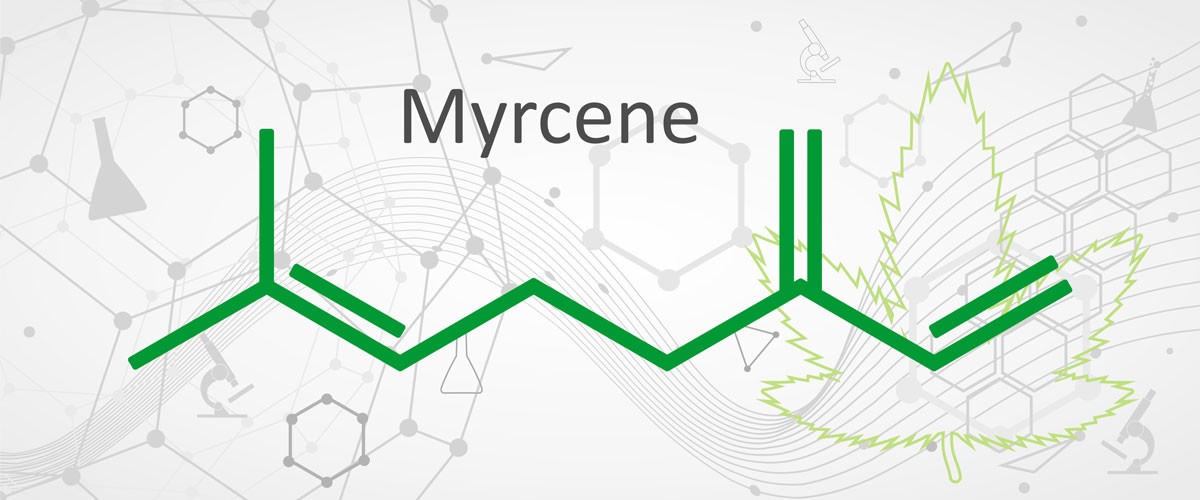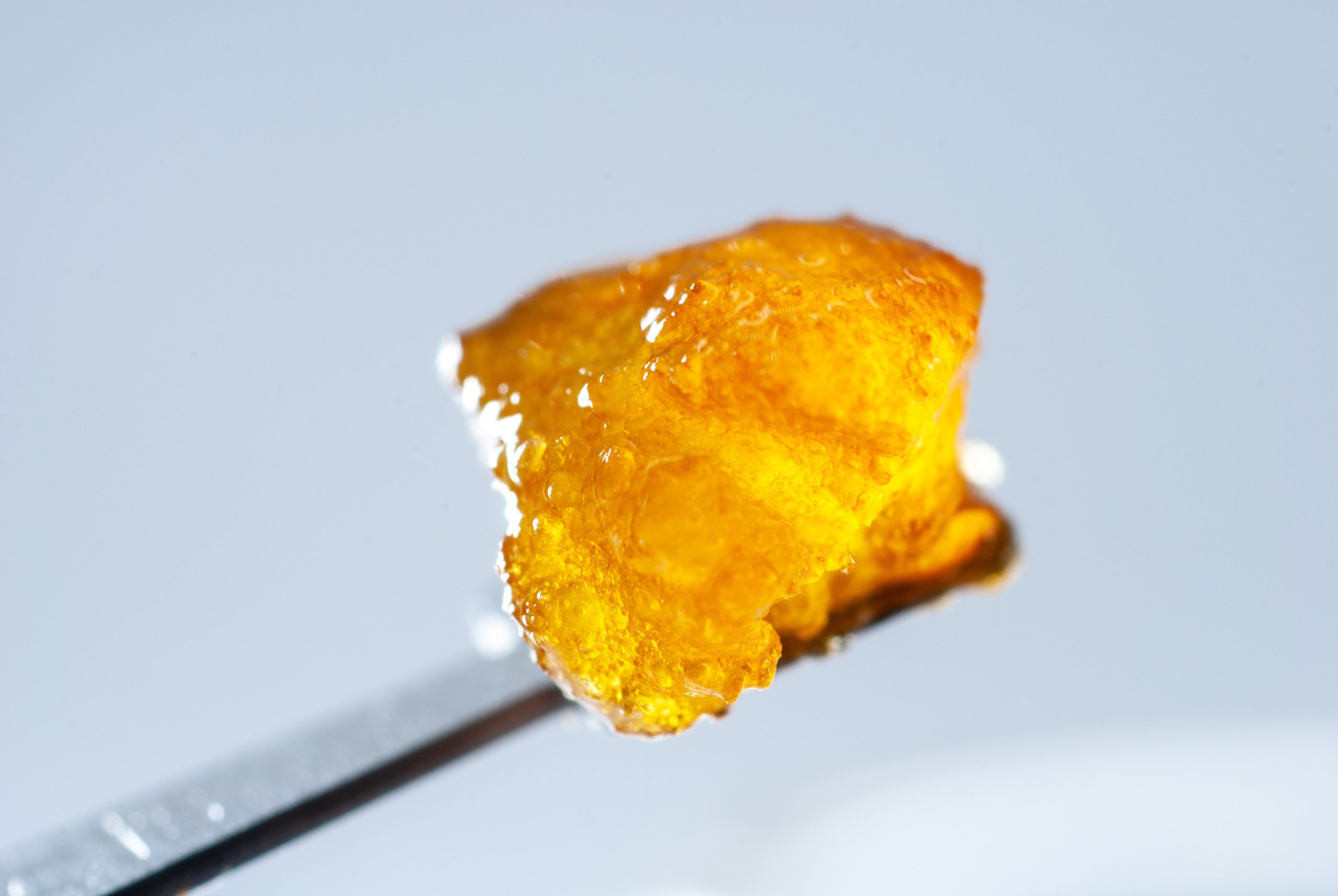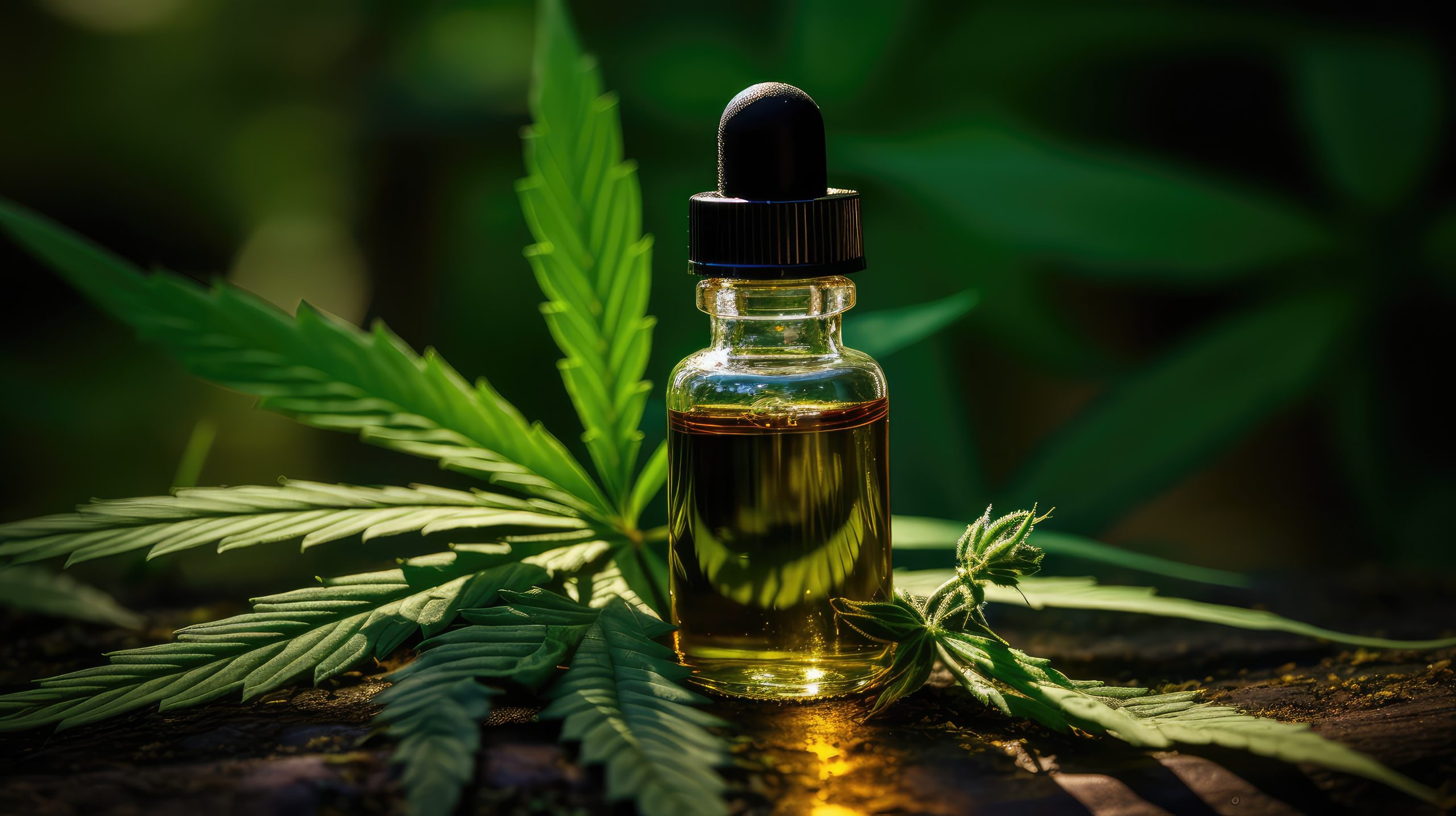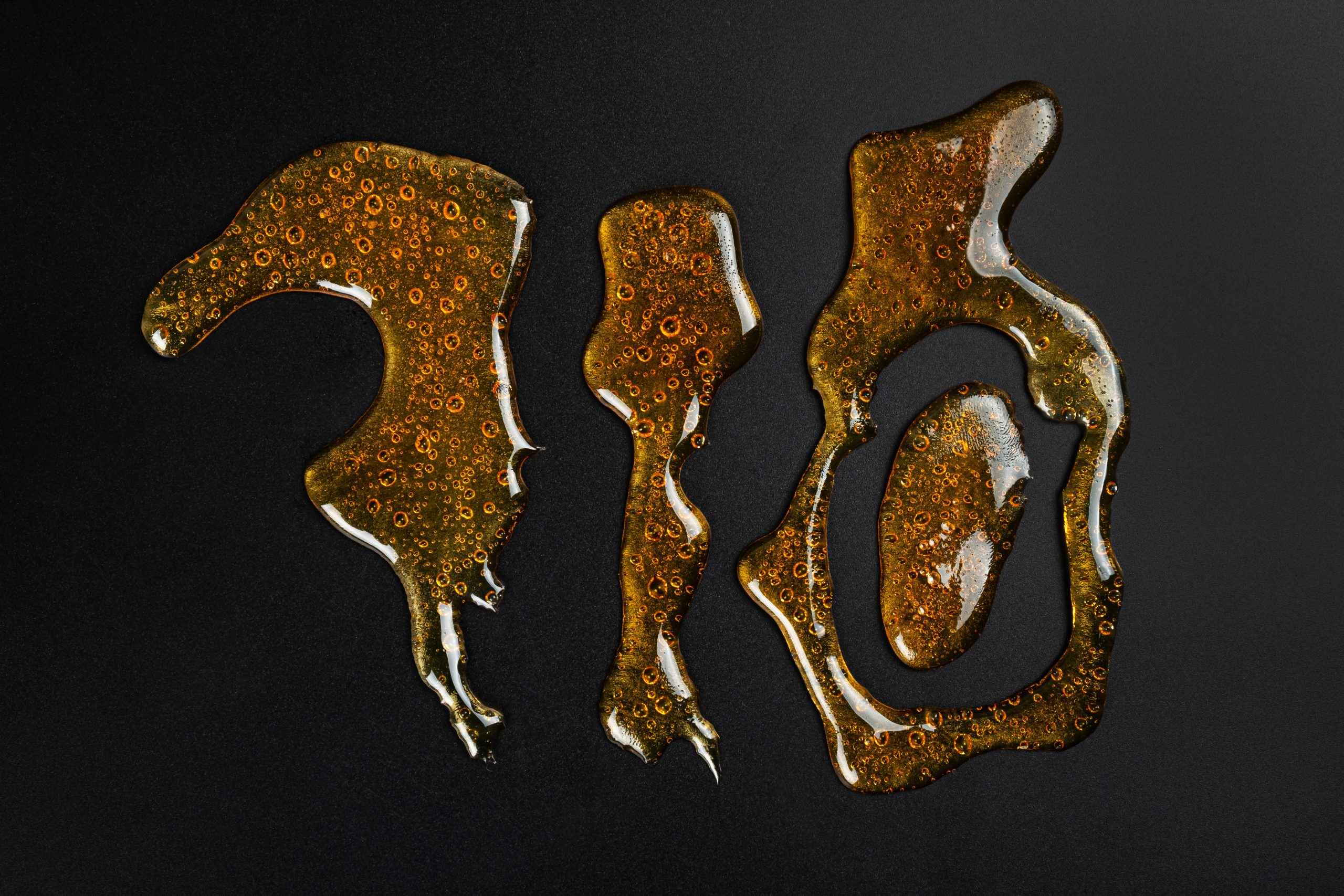Cannabis is a plant that packs a lot of power, but where does this power come from? Its hundreds upon hundreds of compounds have been studied to decipher the code that allows cannabis to interact with our bodies and provide so many potential benefits. In this blog, we’re going to dive deep into one type of compound that is responsible for cannabis’s colossal capacity: cannabinoids.
What Are Cannabinoids?
Cannabinoids are naturally occurring compounds found in the cannabis plant. They interact with our body’s endocannabinoid system (ECS), a network of receptors that play a crucial role in regulating various physiological processes. There are over 100 different cannabinoids, but some of the most well-known ones are THC and CBD.
THC
Tetrahydrocannabinol, or THC, is the cannabinoid that most commonly triggers the psychoactive effects of cannabis. It’s the compound that gets you “high.” Beyond its recreational use, THC also has therapeutic benefits. It can help with pain relief, nausea, and appetite stimulation, making it valuable for patients undergoing treatments like chemotherapy.
CBD
Cannabidiol, or CBD, is another major cannabinoid that has gained popularity for its non-psychoactive therapeutic benefits. CBD is known for its calming and anti-inflammatory properties. It can help with anxiety, pain management, and even epilepsy. Products containing CBD are widely available and used in various forms, from oils and tinctures to edibles and topicals.
Other Notable Cannabinoids
While THC and CBD often steal the spotlight, there are many other cannabinoids worth knowing about:
- CBG (Cannabigerol): Often called the “mother of all cannabinoids,” CBG is a precursor to THC, CBD, and other cannabinoids. It’s being studied for its potential benefits in treating glaucoma, inflammatory bowel disease, and bladder dysfunctions.
- CBC (Cannabichromene): This cannabinoid may help with pain and inflammation and is being researched for its potential anti-cancer properties.
- CBN (Cannabinol): CBN is a product of THC degradation and is known for its sedative effects. It might be beneficial for those seeking help with sleep disorders.
How Cannabinoids Work
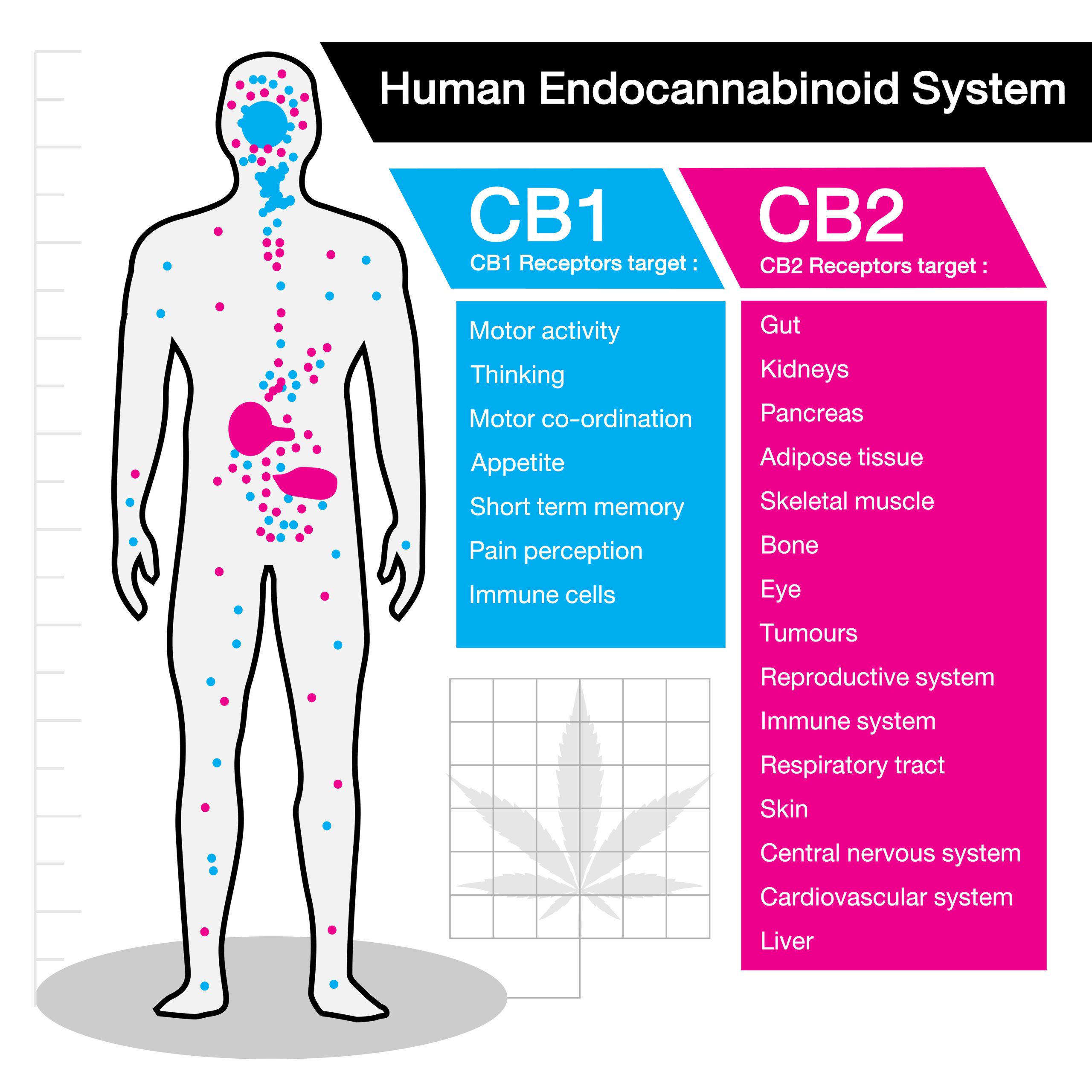
Cannabinoids interact with the ECS, which consists of two primary types of receptors: CB1 and CB2:
- CB1 Receptors: These receptors are primarily located in the brain and central nervous system. They are abundant in areas associated with cognitive functions, motor skills, memory, and pain perception. When cannabinoids like THC bind to CB1 receptors, they can influence mood, reduce pain, and produce the psychoactive effects commonly associated with cannabis use.
- CB2 Receptors: These receptors are more prevalent in the immune system and peripheral organs. They play a significant role in regulating inflammation and immune responses. Cannabinoids that interact with CB2 receptors can help modulate pain and inflammation without causing the psychoactive effects seen with CB1 activation.
How Cannabinoids Interact With CB1 and CB2 Receptors
When you consume cannabis, cannabinoids enter your bloodstream and interact with the ECS by binding to CB1 and CB2 receptors. This interaction can produce a range of effects depending on the specific cannabinoid and the receptor it engages with.
- THC: THC is well-known for its ability to bind to CB1 receptors in the brain. This binding can lead to the release of dopamine, which contributes to feelings of euphoria and altered sensory perception. THC’s interaction with CB1 receptors also impacts memory, coordination, and appetite.
- CBD: Unlike THC, CBD does not bind strongly to CB1 or CB2 receptors. Instead, it modulates the ECS by stopping the breakdown of endocannabinoids and extending their effects. CBD also influences non-cannabinoid receptors, such as serotonin receptors, contributing to its anti-anxiety effects.
- Minor Cannabinoids: CBG and CBC interact with both CB1 and CB2 receptors, but they are less psychoactive than THC. These cannabinoids are being studied for their potential therapeutic benefits, including anti-inflammatory and neuroprotective properties.
Physiological Effects
The ECS and cannabinoids influence a wide range of physiological processes, including:
- Mood: By interacting with CB1 receptors in the brain, cannabinoids can affect neurotransmitter release, influencing mood and emotional responses.
- Pain Sensation: Cannabinoids like THC and CBD can modulate pain perception by binding to receptors in the nervous system and reducing inflammation.
- Immune Response: Cannabinoids activating CB2 receptors can help regulate immune function and inflammation, which is beneficial in conditions like autoimmune diseases and chronic pain.
- Appetite and Metabolism: The ECS is involved in regulating appetite and metabolism. THC, for example, can stimulate appetite by activating CB1 receptors in the brain.
The Entourage Effect
The entourage effect refers to the interaction between different cannabinoids and other compounds in the cannabis plant, like terpenes and flavonoids. This interaction can enhance the overall therapeutic effects of cannabis. For example, some studies suggest that a combination of THC and CBD may be more effective for pain relief than either compound alone.
Terpenes, the aromatic compounds found in cannabis, also influence the effects of cannabinoids and contribute to the plant’s distinct aroma and flavor. Additionally, flavonoids, known for their antioxidant properties, work together with cannabinoids and terpenes to deliver a comprehensive therapeutic experience. This holistic approach makes cannabis a versatile option for addressing various health concerns.
Fire Island Cannabis Dispensary – Helping You Learn All About Cannabis Compounds
Finally, understanding cannabinoids is key to making informed decisions about cannabis use, whether for recreational or medicinal purposes. Each cannabinoid offers unique benefits, and exploring their potential can help you find the best products for your needs.
Want to learn more about cannabis compounds? Check out our previous blog on terpenes and minor cannabinoids!
*The contents of this blog are intended for informational purposes only. Always seek the advice of a physician or other qualified healthcare provider with any questions you may have regarding a medical condition.*

